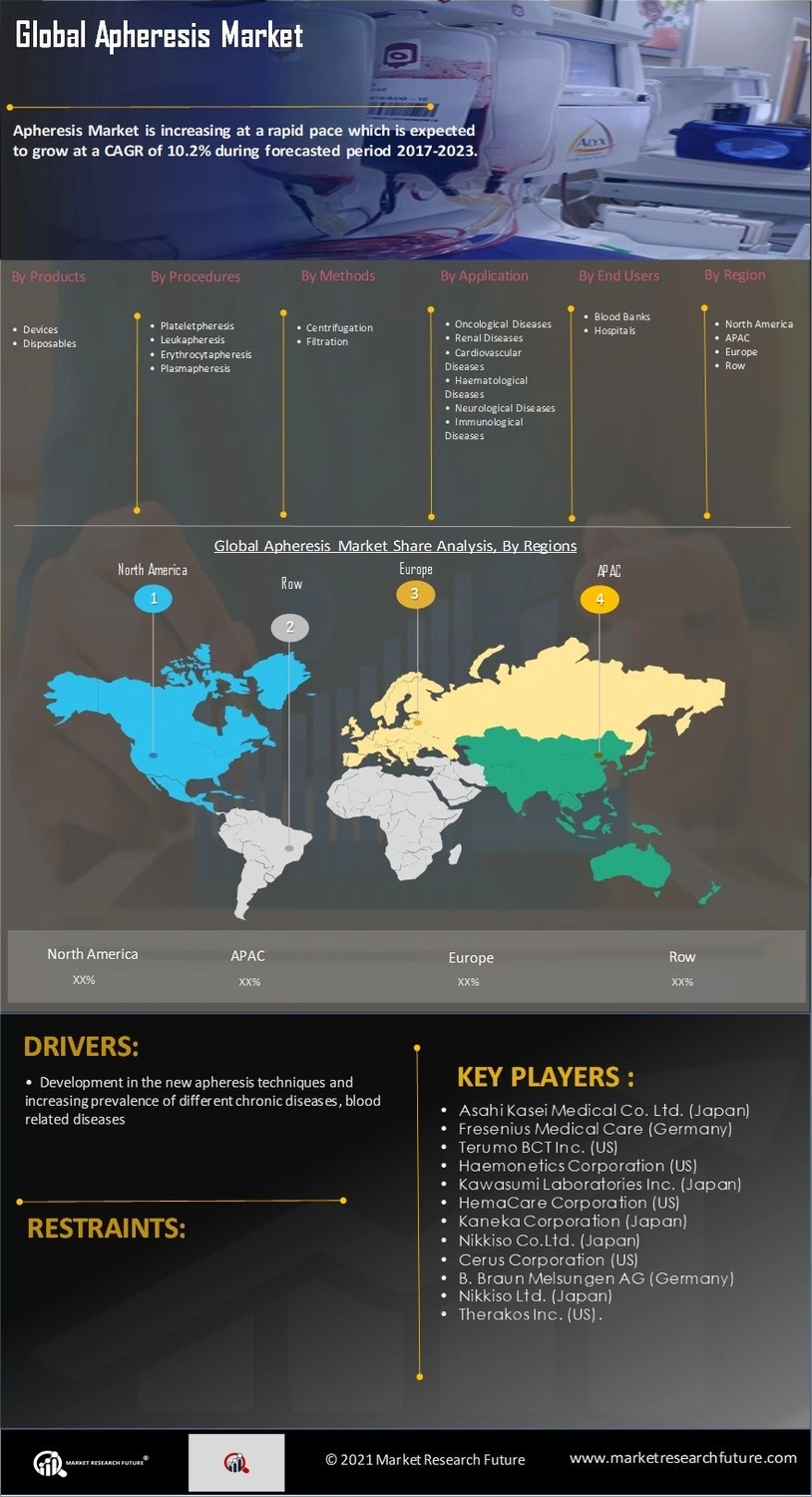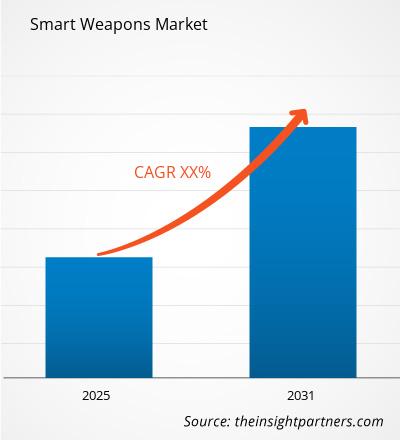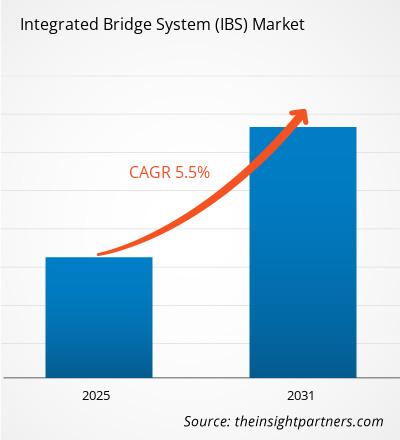In-Depth Strategic Review of the Methadone Market Landscape
The Methadone Market is becoming an increasingly vital part of global healthcare systems as the world intensifies efforts to address the rising burden of opioid addiction and dependency. Methadone, a synthetic opioid widely used in medication-assisted treatment programs, plays a central role in supporting long-term recovery for individuals with opioid use disorders. Healthcare providers across developed and emerging regions have recognized the importance of methadone-based therapies to reduce withdrawal symptoms, stabilize patients, and prevent relapse through structured rehabilitation programs. As the prevalence of opioid misuse continues to rise, public health authorities are investing more heavily in establishing supervised opioid treatment centers and expanding access to evidence-based interventions. Additionally, broader educational initiatives are raising awareness among affected individuals and families, encouraging more patients to seek formal clinical treatment rather than relying on unsafe, non-regulated solutions. At the same time, hospitals and rehabilitation clinics are implementing enhanced monitoring protocols, digital patient tracking systems, and stricter quality controls to ensure that methadone administration remains safe, regulated, and effective. With increasing adoption by both public health institutions and private recovery centers, the Methadone Market has witnessed steady growth in demand, reflecting a global shift toward more structured and supportive addiction recovery frameworks.
Get Full Reports:https://www.marketresearchfuture.com/reports/methadone-market-32458
From a commercial perspective, the market is experiencing notable investment, with pharmaceutical manufacturers expanding production capabilities to meet rising therapeutic requirements. Supply chain improvements, regulatory compliance processes, and enhancements in formulation quality are supporting consistent product availability and treatment reliability. Governments in several countries have introduced specialized policy frameworks that prioritize accessible addiction care, encourage standardized methadone distribution, and promote long-term patient stabilization. These supportive legislative measures are strengthening the market foundation and fostering long-term adoption. At the same time, research organizations and clinical experts are conducting studies to gain deeper insight into methadone’s long-term therapeutic impact, improved dosing models, and patient response patterns. These findings contribute to optimizing treatment outcomes and building more effective rehabilitation programs worldwide. As treatment infrastructure expands and addiction awareness grows, the market is expected to continue its forward momentum. The evolving therapeutic landscape highlights how methadone remains a cornerstone treatment option for chronic opioid use disorders, providing individuals with a structured path toward recovery and reintegration. A deeper understanding of this evolving field can be explored through ongoing Methadone Market analysis.
FAQs
1. Why is methadone widely used in addiction recovery?
Because it helps reduce withdrawal symptoms, stabilizes patients, and lowers the risk of relapse in structured treatment programs.
2. Which healthcare facilities rely on methadone therapy?
Rehabilitation clinics, opioid treatment centers, public health recovery programs, and specialized addiction hospitals.
3. Is the Methadone Market expected to grow?
Yes, due to rising opioid dependency cases and broader availability of medication-assisted treatment facilities.
4. What challenges does the market face?
Regulatory restrictions, public stigma, limited access in remote locations, and strict distribution controls.
5. What is driving long-term adoption of methadone treatment?
Government support, expanding clinical infrastructure, and increased awareness of evidence-based addiction management.
The Methadone Market is becoming an increasingly vital part of global healthcare systems as the world intensifies efforts to address the rising burden of opioid addiction and dependency. Methadone, a synthetic opioid widely used in medication-assisted treatment programs, plays a central role in supporting long-term recovery for individuals with opioid use disorders. Healthcare providers across developed and emerging regions have recognized the importance of methadone-based therapies to reduce withdrawal symptoms, stabilize patients, and prevent relapse through structured rehabilitation programs. As the prevalence of opioid misuse continues to rise, public health authorities are investing more heavily in establishing supervised opioid treatment centers and expanding access to evidence-based interventions. Additionally, broader educational initiatives are raising awareness among affected individuals and families, encouraging more patients to seek formal clinical treatment rather than relying on unsafe, non-regulated solutions. At the same time, hospitals and rehabilitation clinics are implementing enhanced monitoring protocols, digital patient tracking systems, and stricter quality controls to ensure that methadone administration remains safe, regulated, and effective. With increasing adoption by both public health institutions and private recovery centers, the Methadone Market has witnessed steady growth in demand, reflecting a global shift toward more structured and supportive addiction recovery frameworks.
Get Full Reports:https://www.marketresearchfuture.com/reports/methadone-market-32458
From a commercial perspective, the market is experiencing notable investment, with pharmaceutical manufacturers expanding production capabilities to meet rising therapeutic requirements. Supply chain improvements, regulatory compliance processes, and enhancements in formulation quality are supporting consistent product availability and treatment reliability. Governments in several countries have introduced specialized policy frameworks that prioritize accessible addiction care, encourage standardized methadone distribution, and promote long-term patient stabilization. These supportive legislative measures are strengthening the market foundation and fostering long-term adoption. At the same time, research organizations and clinical experts are conducting studies to gain deeper insight into methadone’s long-term therapeutic impact, improved dosing models, and patient response patterns. These findings contribute to optimizing treatment outcomes and building more effective rehabilitation programs worldwide. As treatment infrastructure expands and addiction awareness grows, the market is expected to continue its forward momentum. The evolving therapeutic landscape highlights how methadone remains a cornerstone treatment option for chronic opioid use disorders, providing individuals with a structured path toward recovery and reintegration. A deeper understanding of this evolving field can be explored through ongoing Methadone Market analysis.
FAQs
1. Why is methadone widely used in addiction recovery?
Because it helps reduce withdrawal symptoms, stabilizes patients, and lowers the risk of relapse in structured treatment programs.
2. Which healthcare facilities rely on methadone therapy?
Rehabilitation clinics, opioid treatment centers, public health recovery programs, and specialized addiction hospitals.
3. Is the Methadone Market expected to grow?
Yes, due to rising opioid dependency cases and broader availability of medication-assisted treatment facilities.
4. What challenges does the market face?
Regulatory restrictions, public stigma, limited access in remote locations, and strict distribution controls.
5. What is driving long-term adoption of methadone treatment?
Government support, expanding clinical infrastructure, and increased awareness of evidence-based addiction management.
In-Depth Strategic Review of the Methadone Market Landscape
The Methadone Market is becoming an increasingly vital part of global healthcare systems as the world intensifies efforts to address the rising burden of opioid addiction and dependency. Methadone, a synthetic opioid widely used in medication-assisted treatment programs, plays a central role in supporting long-term recovery for individuals with opioid use disorders. Healthcare providers across developed and emerging regions have recognized the importance of methadone-based therapies to reduce withdrawal symptoms, stabilize patients, and prevent relapse through structured rehabilitation programs. As the prevalence of opioid misuse continues to rise, public health authorities are investing more heavily in establishing supervised opioid treatment centers and expanding access to evidence-based interventions. Additionally, broader educational initiatives are raising awareness among affected individuals and families, encouraging more patients to seek formal clinical treatment rather than relying on unsafe, non-regulated solutions. At the same time, hospitals and rehabilitation clinics are implementing enhanced monitoring protocols, digital patient tracking systems, and stricter quality controls to ensure that methadone administration remains safe, regulated, and effective. With increasing adoption by both public health institutions and private recovery centers, the Methadone Market has witnessed steady growth in demand, reflecting a global shift toward more structured and supportive addiction recovery frameworks.
Get Full Reports:https://www.marketresearchfuture.com/reports/methadone-market-32458
From a commercial perspective, the market is experiencing notable investment, with pharmaceutical manufacturers expanding production capabilities to meet rising therapeutic requirements. Supply chain improvements, regulatory compliance processes, and enhancements in formulation quality are supporting consistent product availability and treatment reliability. Governments in several countries have introduced specialized policy frameworks that prioritize accessible addiction care, encourage standardized methadone distribution, and promote long-term patient stabilization. These supportive legislative measures are strengthening the market foundation and fostering long-term adoption. At the same time, research organizations and clinical experts are conducting studies to gain deeper insight into methadone’s long-term therapeutic impact, improved dosing models, and patient response patterns. These findings contribute to optimizing treatment outcomes and building more effective rehabilitation programs worldwide. As treatment infrastructure expands and addiction awareness grows, the market is expected to continue its forward momentum. The evolving therapeutic landscape highlights how methadone remains a cornerstone treatment option for chronic opioid use disorders, providing individuals with a structured path toward recovery and reintegration. A deeper understanding of this evolving field can be explored through ongoing Methadone Market analysis.
FAQs
1. Why is methadone widely used in addiction recovery?
Because it helps reduce withdrawal symptoms, stabilizes patients, and lowers the risk of relapse in structured treatment programs.
2. Which healthcare facilities rely on methadone therapy?
Rehabilitation clinics, opioid treatment centers, public health recovery programs, and specialized addiction hospitals.
3. Is the Methadone Market expected to grow?
Yes, due to rising opioid dependency cases and broader availability of medication-assisted treatment facilities.
4. What challenges does the market face?
Regulatory restrictions, public stigma, limited access in remote locations, and strict distribution controls.
5. What is driving long-term adoption of methadone treatment?
Government support, expanding clinical infrastructure, and increased awareness of evidence-based addiction management.
0 Commenti
0 condivisioni
296 Views
0 Anteprima





